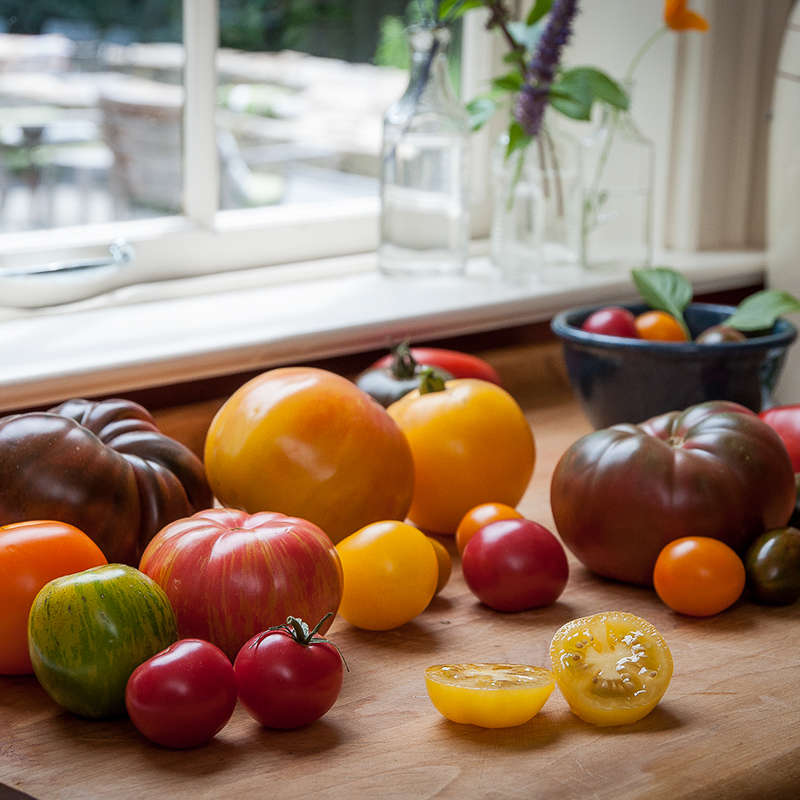
Seed Saving
Whether you’re new to seed saving or want to brush up on the time-honored practice, these seed-saving basics are a smart place to start.
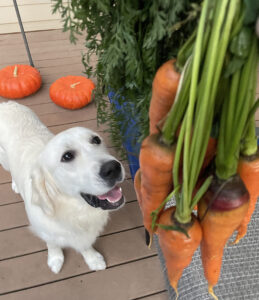 Hybrids, which are created by crossing plants of two different varieties, generally do not produce offspring with the same traits as the parent plant. Seeds saved from open-pollinated varieties, on the other hand, will produce plants identical to the parent. Seed Savers Exchange offers only open-pollinated varieties through its online and print catalog and on The Exchange, its gardener-to-gardener seed swap.
Hybrids, which are created by crossing plants of two different varieties, generally do not produce offspring with the same traits as the parent plant. Seeds saved from open-pollinated varieties, on the other hand, will produce plants identical to the parent. Seed Savers Exchange offers only open-pollinated varieties through its online and print catalog and on The Exchange, its gardener-to-gardener seed swap.
So what are open-pollinated varieties, and what is their lifespan? Open-pollinated varieties are like dog breeds; they will retain their distinct characteristics as long as they are mated with the same breed. This means, with a little care and planning, the seeds you produce will be true-to-type, keeping their distinct traits generation after generation as long as they do not cross-pollinate with other varieties of the same species.
Open-pollinated varieties can be annual, biennial, and perennial. Plants that flower, set seed, and die in a single growing season—like lettuce, tomatoes, and peppers—are called annuals. Biennials, such as carrots and onions, don’t flower until their second growing season after they have gone through a cold period. Some long-lived plants, like apple trees and asparagus, are perennial, surviving and flowering for many years.
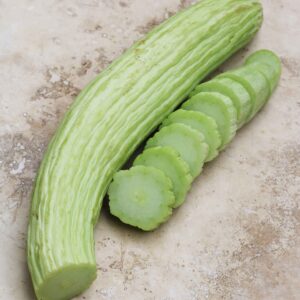
A species is a group of individuals that are able to reproduce together. In the garden, most crops are different species from one another, but not always. There are several species of squash and two distinct species of kale—meaning some varieties of these crops are not able to cross-pollinate with each other. On the other hand, Cucumis melo, commonly categorized as a melon, also contains some varieties that are sold as cucumbers (like ‘Armenian’) because fruits of the variety are unsweet and sometimes pickled.
Planting just one variety in a species will help ensure you save pure seed. But if you want to save seeds from more than one variety, knowing your plants’ scientific name will help you determine which ones may cross-pollinate (or transfer pollen between plants). To save pure seed, you want to prevent cross-pollination between two different varieties in the same species.
The squash commonly grown in the Seed Savers Exchange gardens at Heritage Farm, for example, could fall into one of three species: Cucurbita maxima, C. moschata, and C. pepo. These species won’t typically cross-pollinate. On the other hand, Brassica oleracea includes broccoli, Brussels sprouts, cabbage, cauliflower, collards, kale, and kohlrabi, all plants you might think wouldn’t cross-pollinate but actually do. Read up on the cross-pollination habits of the plants you are saving seeds from to ensure you won’t run into issues.
The Seed Garden: The Art and Practice of Seed Saving is filled with advice for the home gardener and the more seasoned horticulturist alike and provides straightforward instructions on how to collect and save seed from your favorite heirloom and open-pollinated plants.
Understanding how garden plants are pollinated will help you prevent cross-pollination. Some plants will self-pollinate before the flowers are even open, making them less susceptible to cross-pollination. Examples of “selfers” are tomatoes, peas, and beans. (Take note that on occasion, insects can cross-pollinate “selfers.”) Plants that are insect-pollinated (like squash or cucumbers) or wind-pollinated (like corn and spinach) are more likely to cross-pollinate.
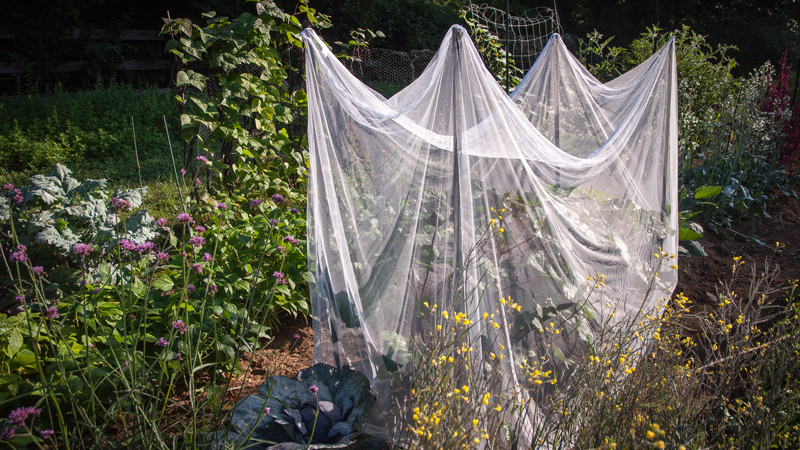 To produce seeds that are true-to-type, a little garden intervention may be needed to prevent unwanted cross-pollination between different varieties of the same species. For some crops like lettuce and peas, just place a little extra space between varieties. For others, consider more advanced methods like larger isolation distances, pollination barriers, or hand-pollination.
To produce seeds that are true-to-type, a little garden intervention may be needed to prevent unwanted cross-pollination between different varieties of the same species. For some crops like lettuce and peas, just place a little extra space between varieties. For others, consider more advanced methods like larger isolation distances, pollination barriers, or hand-pollination.
Because corn pollen can travel a quarter mile or more on the wind, and because corn is grown in nearly every region of the United States, isolation by distance is unreliable when trying to save true-to-type seed from a corn variety.
In absence of isolation, hand-pollination ensures that the corn plant’s flowers are not contaminated by pollen from another variety, and that the plant produces seeds that are true-to-type.
Learn how to hand-pollinate corn here.
All squash varieties easily cross should be planted at an isolation distance of 1/2 mile when planted for seed saving. When this is not possible/practical, hand-pollination ensures that the squash’s flowers are not contaminated by pollen from another variety.
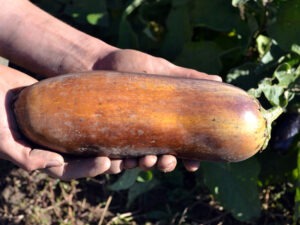
Some fruits are market mature, or ready for eating, long before the seed is mature. Examples of these include carrots, cucumbers, eggplants, peas, green beans, summer squash, and cabbage. For example, imagine a carrot—you pull this sweet root out of the ground after about two months for eating, and there is not much plant showing above ground. However, the seed is not mature for harvest at this point. The carrot plant must grow for a longer period so that the seed can reach the proper maturity. When you harvest the seed, a carrot plant can be up to four feet tall and one year old. For this reason, seed savers need to leave a few plants of these crops to fully mature in the garden when they want to save seeds. The seeds of dry-fruited crops like grains, lettuce, and beans can be removed from the plant once they are dry and hard.
Beans & Peas: Pods should be brown, dry and brittle before harvest, and the seeds inside should be hard as rocks. If it is a particularly wet fall or you’re expecting an early frost, you may pull up entire plants and move them to a garage or basement to finish maturing and drying.
Corn: Husks should be brown, dry and brittle, the silks should be dark and dry, and the kernels should be extremely hard.
Cucumbers: Fruits must be left on the vine until they begin to turn yellow and their skin becomes tough. Seeds inside should be plump and firm.
Eggplant: Fruits should be left on the plant until they begin to turn yellow and their skin becomes tough. Seeds inside should be plump and hard (or crunchy if you’re chewing on them).
Lettuce: Two to three weeks after the lettuce flowers have opened, the seeds should be mature. Look for feathery parachute-like structures (think dandelions) before harvesting.
Melons and Watermelons: Harvest fruits as you would for eating and simply reserve some of the seeds or leave the fruits on the vine until they soften slightly (this may improve seed quality, but you won’t want to eat the melons at this point). Seeds inside should be plump and firm.
Okra: Pods should be brown and dry, and they will begin to split open when seeds are ready for harvest. The seeds should be very hard.
Peppers: Seeds are ready when the pepper fruit has matured to its final color.
Radishes: Pods should be brown, dry and brittle before harvest, and the seeds inside should be extremely hard.
Squash: Fruits should be left to mature on the vine until the skin has become extremely hard. Harvest fruits before first frost and store up to two months in cool conditions (50-60 degrees) to allow the seeds to mature further. Seeds should be plump and firm.
Tomatoes: Seeds are ready when the tomato is ready to be eaten.
Remember to allow seeds to dry completely before storage. Any moisture in or around the seeds can cause mold and problems with germination.
Garden crops can be classified as either dry-fruited or wet-fruited. Collecting seeds from dry-fruited crops can be as simple as going out to the garden, handpicking a few mature seedpods, and bringing them into the house for further drying and cleaning. Fruits from wet-fruited crops must be picked when their seeds are mature. Either crush or cut open the harvested fruit, and then extract the seeds from the flesh and pulp before the seeds are dried.
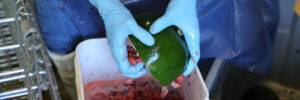
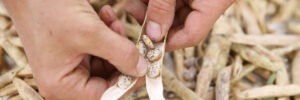
Seeds are happiest when they are stored in a cool, dark, and dry place. A dark closet in a cooler part of the house or a dry, cool basement are both good spaces to store seeds for a year or two. Once properly dried, seeds can also be sealed in airtight containers and stored in the refrigerator or freezer for several years. The seeds of some crops are naturally longer lived. Tomato seeds and beans can be left for many years in adequate storage conditions, while onion and carrot seeds are notoriously short-lived. Don’t forget to label your seeds with the crop type, variety name, any useful notes about your seed source, date you harvested the seeds, and number of plants from which you harvested seeds.
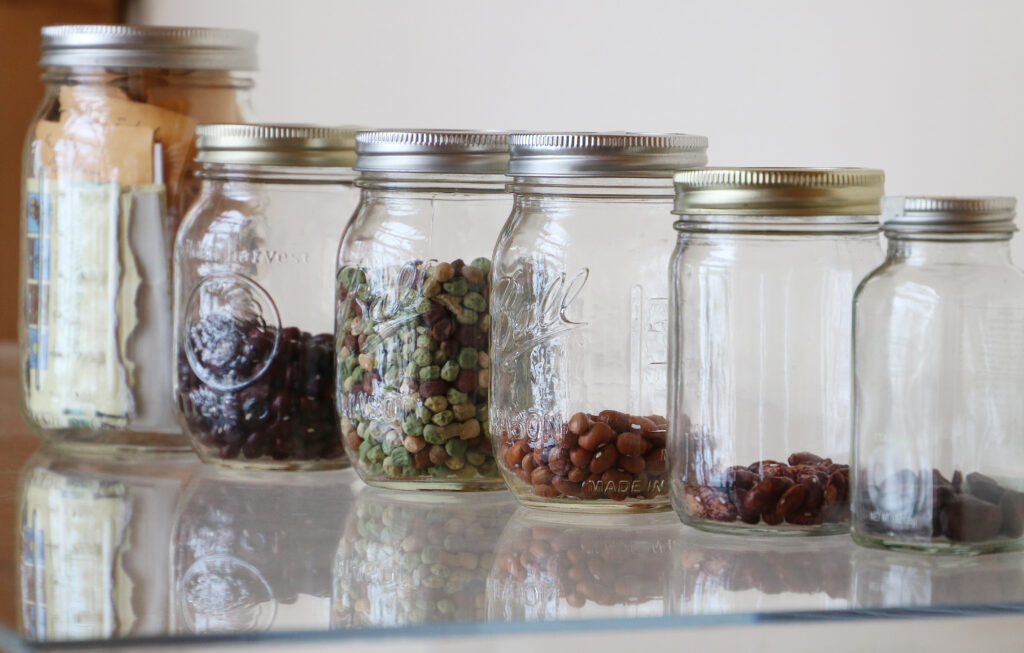
Instructional Videos
Processing seed is the step between harvesting and storage. Tomatoes, squash, peppers, watermelon, and legumes are great options for people new to seed saving. Watch the instructional videos below to learn the ins and outs of seed processing

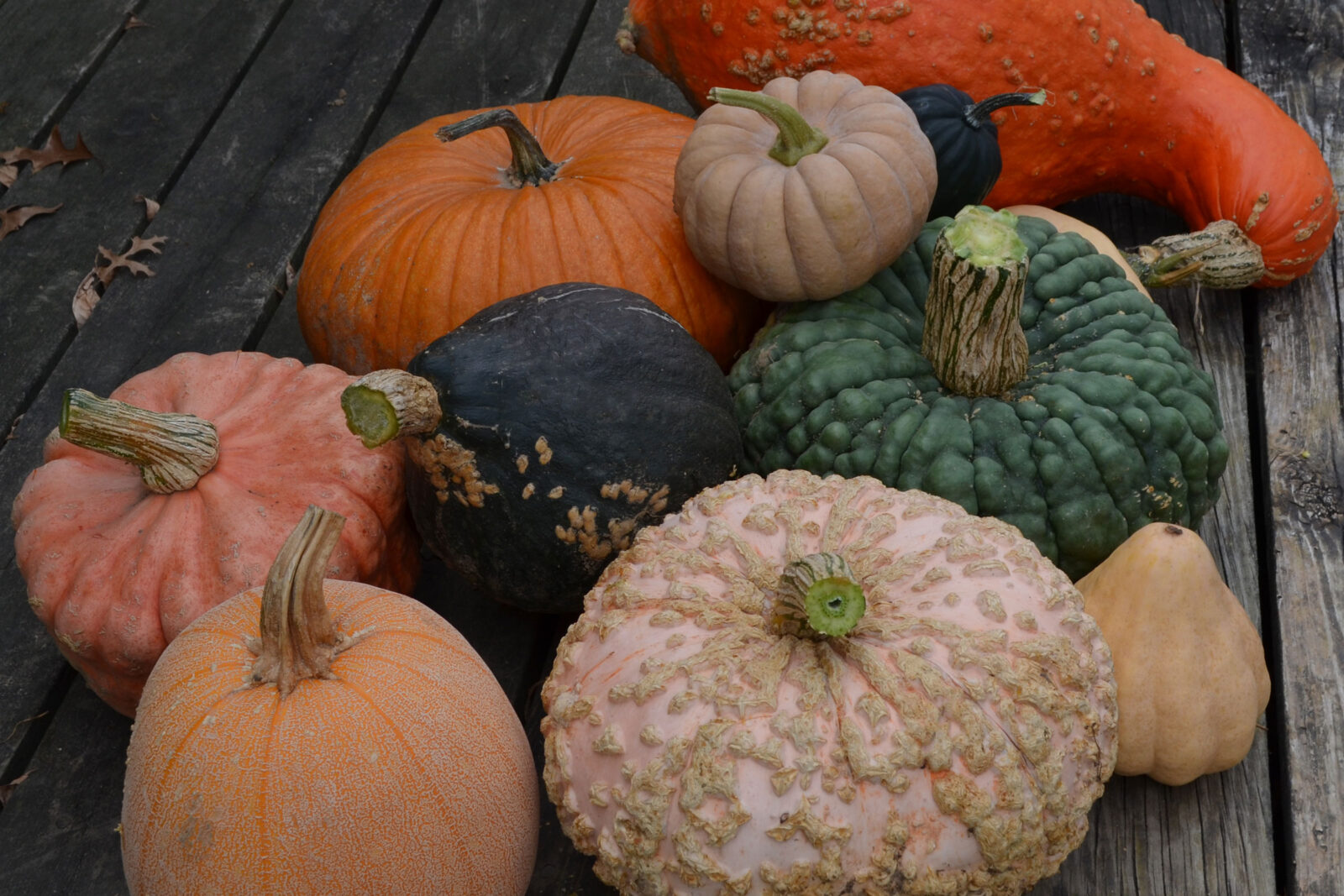
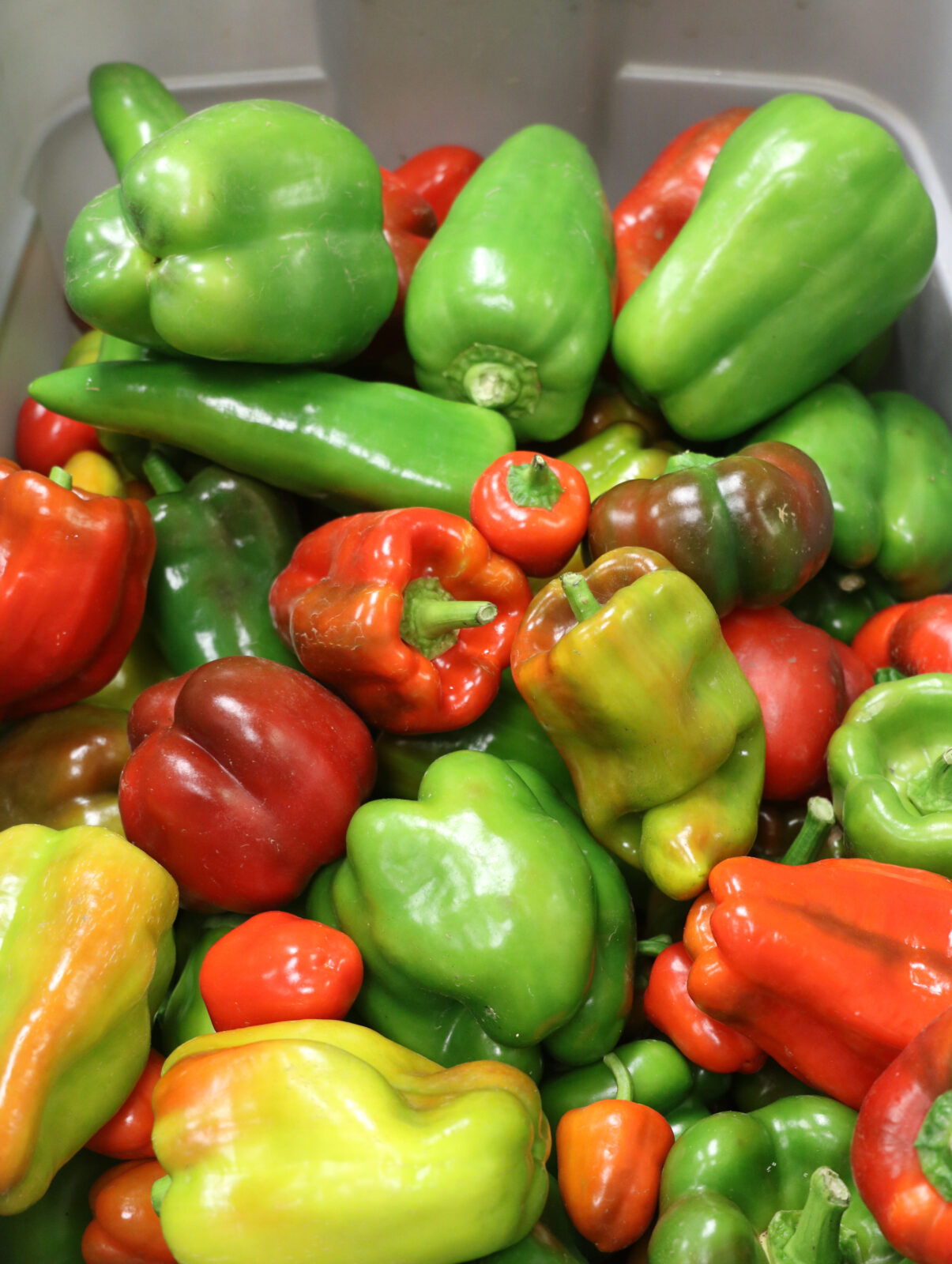
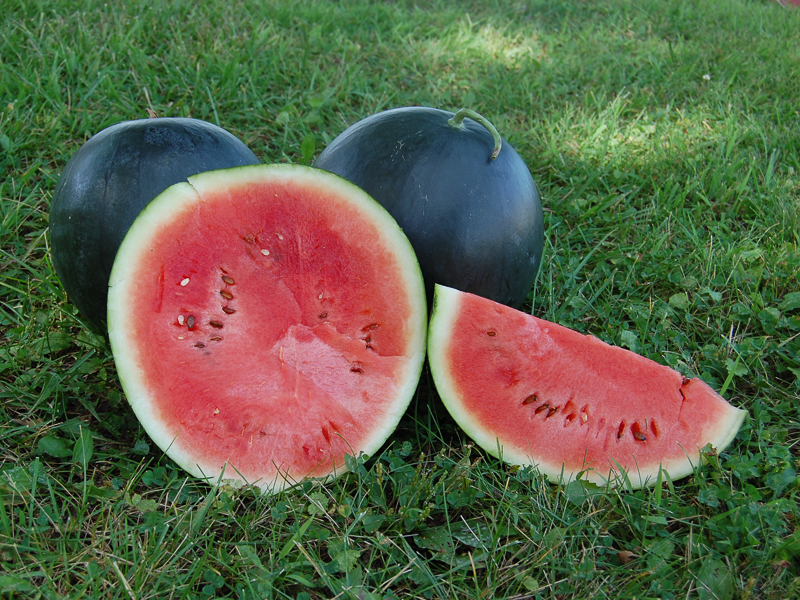
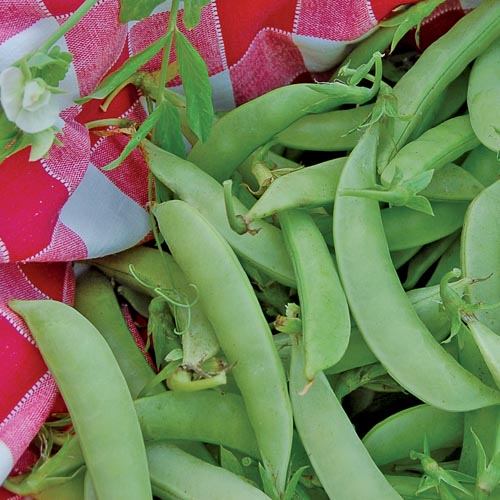
Keep learning with specific crop-by-crop growing and seed saving guides and THE SEED GARDEN.